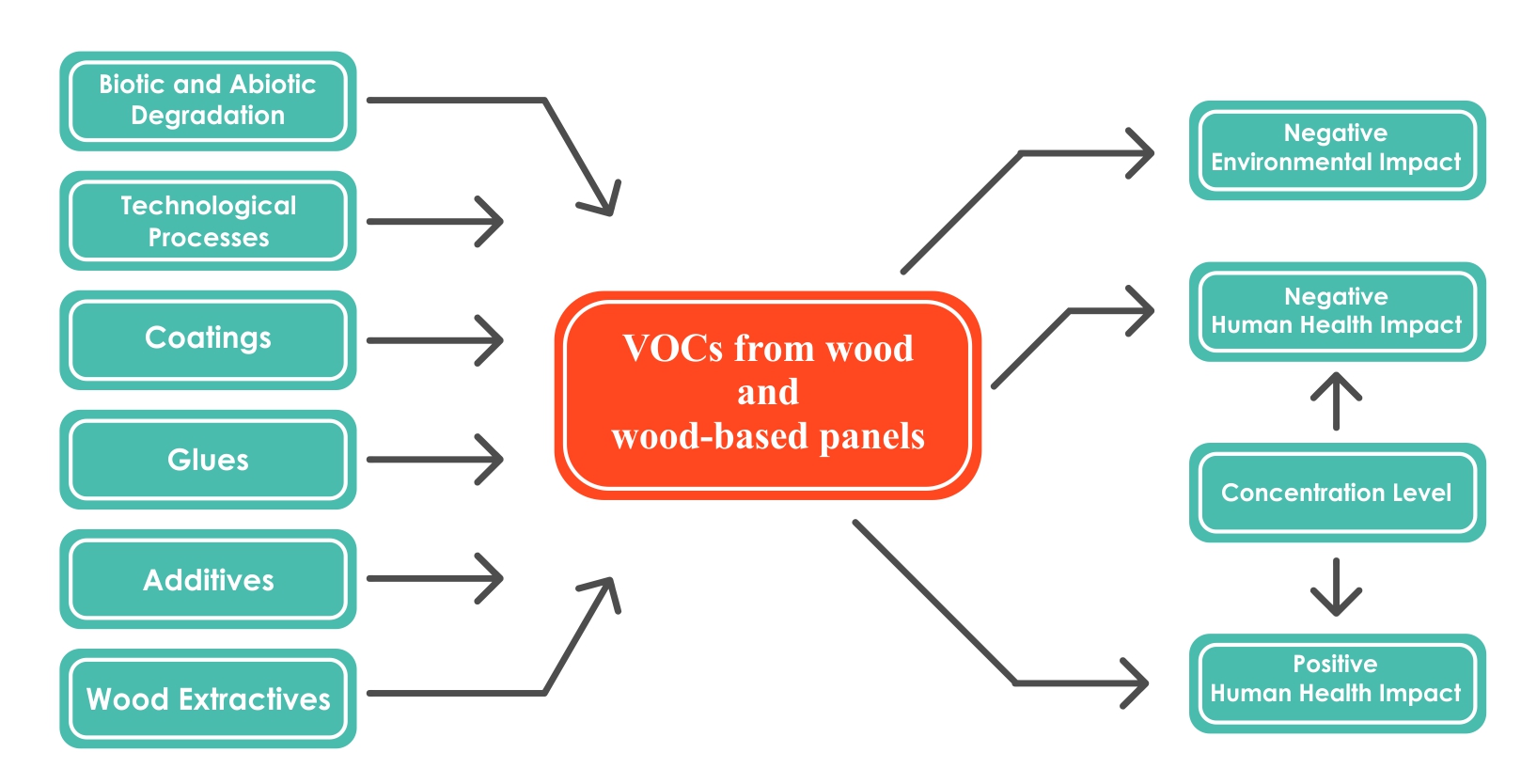Sustainability
The interior design industry—or, at least, a quickly growing segment—is rethinking its supply chain, shifting toward more sustainable practices and more ethical furniture, fabrics, and other decorative objects. But how, exactly, do you ensure that the products you source, as a designer, or specifier are ethical?
When we source products for our clients, at STB, we ask lots of questions of the manufacturer. It also means as our client you should be doing a bit of soul-searching . Try to understand the issues you want to tackle—sustainable manufacturing, labor conditions, responsible sourcing—on a deeper level. Get the tools, the knowledge, the frameworks you need to make a shift happen, for the products you want and for the property you intend to build.
That process includes examining each aspect of the supply chain, starting with materials, though it’s not as straightforward as simply avoiding certain woods, textiles, and fabrics. What we look out for is whether resources purchased or used come from legal and sustainable sources. Recognized accreditations like the Global Organic Textile Standards(GOTS), the Greenguard Certification programs, or the Forest Stewardship Council (FSC) certification. Each one operates globally, reviewing plants and manufacturers from as far away as Asia and Africa—continents often appealing to both small and large-scale firms because of their lower production costs, but also where ecological or ethically compliant criteria aren’t always strictly implemented. An endorsement from these institutions is the equivalent of a seal of approval.
We would also look at VOS (Volatile Organic Compounds) which are the man-made components in some furniture and fixtures. To really grasp the environmental impact a piece of furniture or a building will have, you have to be able to know the emission levels, embedded carbon footprint, energy, and composition of the pieces that put it together.
The FSC operates within the forest supply-chain management. Being FSC-certified means that a manufacturer’s wood complies with the FSC’s environmental standards, as well as economic and social ones; besides ensuring that trees are harvested and felled responsibly, the organization also checks that habitats of endangered wildlife are protected, local communities respected, and workers properly paid. Eighty percent of land biodiversity comes from forests; 1.6 billion people base their livelihoods on woodlands. How are they being affected from logging and deforestation? These are essential aspects of the sustainability discourse, and more crucial than the type of wood itself.
The FSC also takes into account the impact of distance and transportation, making sure the positives of responsibly sourced wood aren’t offset by the high carbon footprint of shipping it across the world. We ask the question how is the wood going to be used? How do we make something that will really last and reduce the need to replace it in less than 7 years. We can achieve sustainable certification on request, and we will prepare a report on the materials required for your design in order to understand the relevant details.
What if a material you want to use isn’tcertified? We look for alternatives or choose family-owned and organic partners. “Support local, independently run suppliers—be they in India or Indonesia—traditional crafts that are at risk of being forgotten, integrative methods that aren’t detrimental to the environment. We make sure we are making the clearest product possible. As a design lead organisation we understand that it’s not always possible to achieve a 100% ‘green’ product. We look for suppliers that share the real interest of protecting the collective future of the planet.
The rest of the supply chain requires just as much research. Ethical work practices, transparent facilities, and economically equitable production processes are all aspects that have to be addressed in choosing manufacturers and partners. Though this may also come at a more expensive price, since sustainable products need more care than wasteful ones.
In that respect, we would add two more essential considerations: creating durable products and ensuring they have a positive environmental impact, even after the end of their life cycle.
Sustainable means maintaining things as they are. That’s great to a point, if responsible practices are what you’re trying to keep up. But what designers really have to strive toward is furniture and products that are regenerative and give something good back to our planet—whether through biodegradability, facilitating the regrowth of forests, or fueling the environment and communities they came from.
